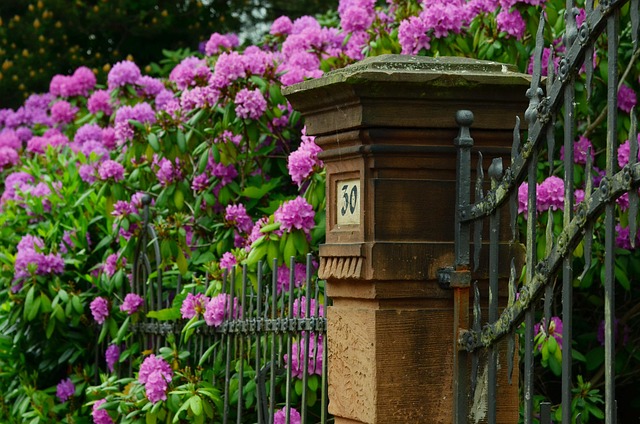Coastal areas present unique challenges for fencing due to salt air, moisture, and frequent exposure to harsh weather conditions. This article explores durable wooden fencing as a viable solution, delving into the environmental factors that shape fence longevity, highlighting the benefits of specific materials, offering guidance on installation strategies tailored to coastal properties, and providing essential maintenance tips to ensure long-lasting performance in salty conditions.
- Understanding Coastal Environment's Impact on Fencing
- Advantages of Durable Wooden Fencing Materials
- Installation Considerations for Coastal Properties
- Maintenance Tips for Longevity in Salty Conditions
Understanding Coastal Environment's Impact on Fencing
The coastal environment presents unique challenges when it comes to fencing due to its harsh conditions—salt air, strong winds, and frequent rainfall or storms. These elements can significantly impact the durability and longevity of any material used for fencing. Traditional fencing materials might not hold up well against such extreme weather patterns, leading to frequent replacements and increased maintenance costs.
Understanding these environmental factors is crucial in selecting a suitable fencing option. Durable wooden fences designed for coastal areas need to be treated with special coatings or preservatives to resist rot and corrosion caused by salt water. They should also be built with wind resistance in mind, ensuring they can withstand powerful coastal gusts without damage.
Advantages of Durable Wooden Fencing Materials
Durable wooden fencing materials offer several advantages for coastal areas. First, wood is a natural and aesthetically pleasing option that can enhance the curb appeal of any property. Unlike synthetic materials, it provides a warm and inviting look that complements both traditional and modern architectural styles. Additionally, properly treated and maintained wooden fences are highly durable and resistant to the harsh conditions often found along coasts, such as salt spray, strong winds, and regular exposure to moisture.
These fences can withstand extreme weather events like hurricanes and storms, making them a reliable and long-lasting solution for coastal properties. The longevity of wooden fencing also translates into cost savings over time, as it reduces the need for frequent replacements. Moreover, wood is a renewable resource, contributing to environmental sustainability, which makes durable wooden fencing an eco-friendly choice for those looking to protect their homes while minimizing their ecological footprint.
Installation Considerations for Coastal Properties
When installing durable wooden fencing in coastal areas, several unique considerations come into play due to the region’s harsh marine environment. First and foremost, the chosen fence material must be exceptionally resilient to salt water, wind, and moisture. Treated wood, such as pressure-treated or cedar, is a popular option for its natural resistance to rot and pests. The installation process should also account for potential flooding or high tide events, ensuring that the fence can withstand periodic submergence without significant damage.
Proper anchoring is crucial; concrete anchors or robust metal brackets must be used to secure posts firmly in place. Additionally, inclining the fence slightly away from the coast can help channel water off the structure rather than allowing it to pool and erode foundations. Regular maintenance, including re-treating exposed wood and checking for loose connections, becomes even more vital in coastal environments to ensure the fence’s longevity and structural integrity.
Maintenance Tips for Longevity in Salty Conditions
To maintain durable wooden fencing in coastal areas with salty conditions, regular cleaning and treatment are essential. Start by hosing down the fence to remove any loose debris or salt buildup. Use a soft-bristled brush for stubborn stains caused by algae or bird droppings. Avoid harsh chemicals; instead, opt for a mild detergent mixed with water. After cleaning, apply a high-quality water-repellent sealer designed for coastal environments. This step creates a protective barrier against moisture and salt corrosion.
Remember to inspect the fence periodically for signs of damage, such as rot or pest infestation. Repair or replace damaged sections promptly using weather-resistant materials. Keep the fence painted or sealed to extend its lifespan; this is especially crucial in coastal regions where wood is exposed to constant humidity and salty air. Regular maintenance, including these steps, will help ensure your wooden fencing remains strong and visually appealing for years to come.
